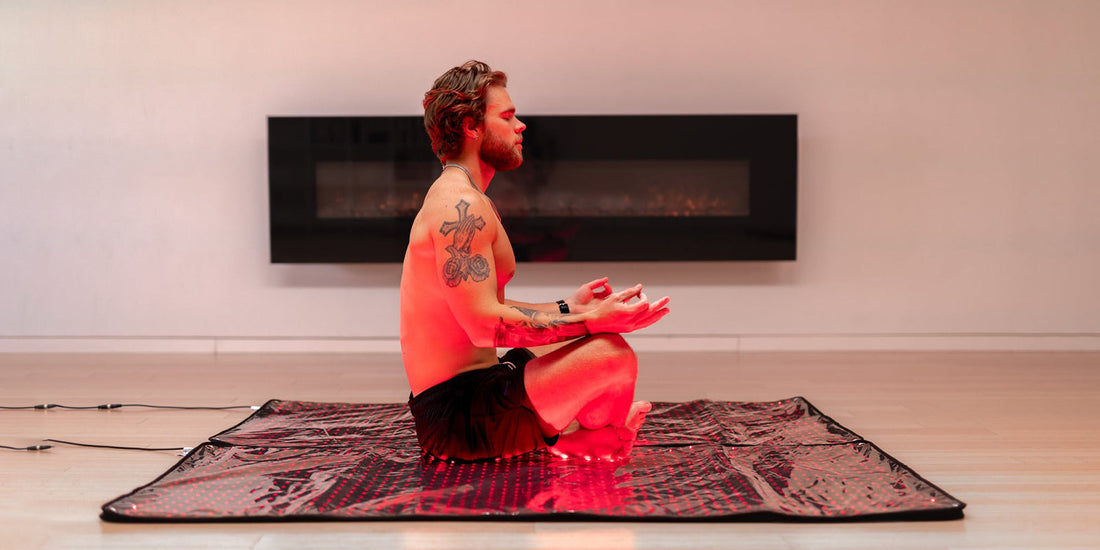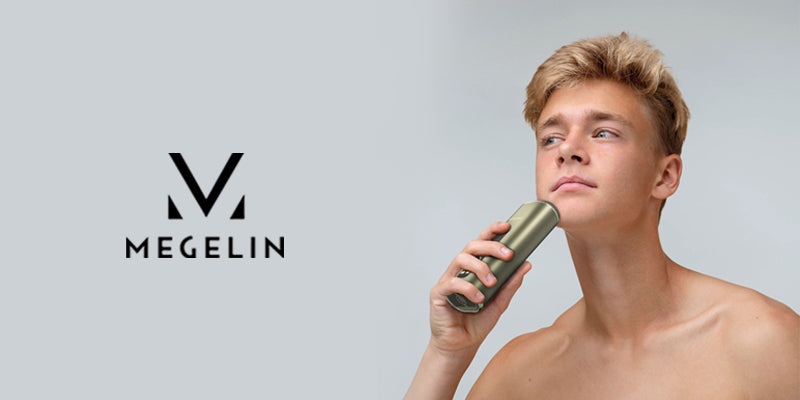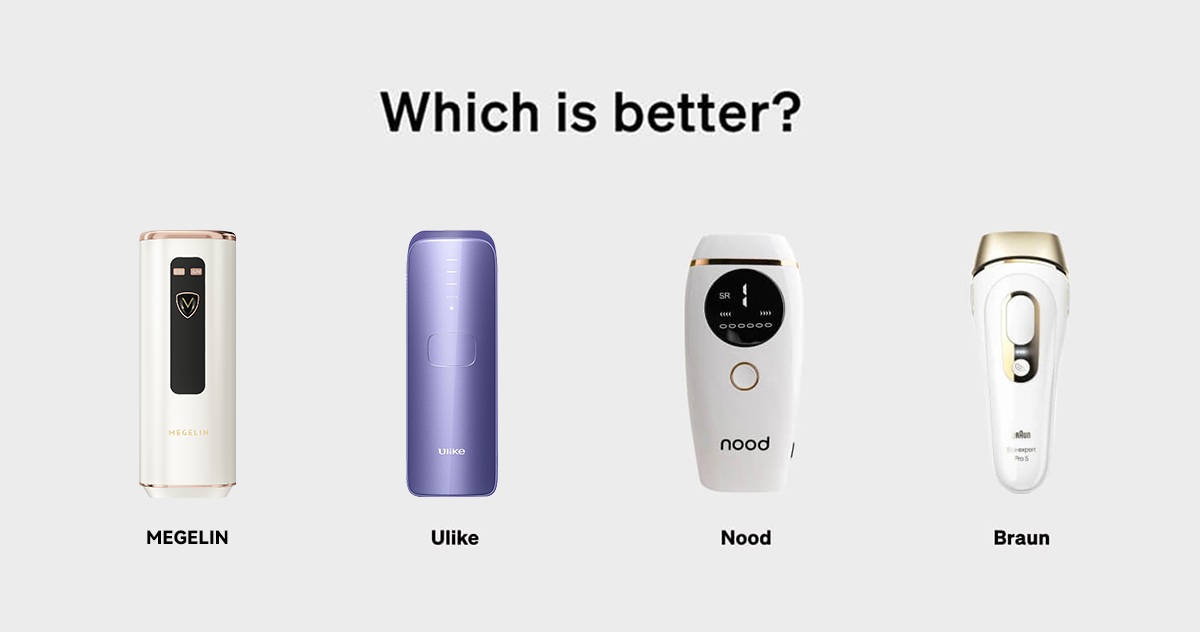
Is Red Light Therapy Suitable for All Types of Hair Loss?
LambertJarvis50% of the global population experiences the challenge of hair loss
Hair loss, a prevalent consequence of aging, affects over 50% of the global population. Androgenetic Alopecia, commonly known as common hair loss, impacts more than 50% of men aged 40 and above, while 75% of women over 65 experience alopecia.
Common types of hair loss and causes
Before delving into how red light therapy promotes hair growth, it's essential to understand the types of hair loss and the primary reasons behind each.According to the research published by the Gokce N team [1], common types of hair loss and their triggers are as follows:
Types of Hair Loss
- Androgenetic Alopecia:
Causes: Genetic factors and the action of androgens lead to the gradual shrinking of hair follicles and a shortened growth cycle.
Gradual reduction in hair diameter, shortened growth cycle, ultimately leading to hair cessation.
- Alopecia Areata
Causes: The immune system attacks hair follicles, causing localized patchy hair loss.
Hair follicles enter a resting phase, cease growth, forming round bald patches.
- Telogen Effluvium
Causes: Physiological or emotional stress, medications, surgery, etc., lead to hair follicles entering a resting phase, causing temporary hair loss.
A large number of follicles simultaneously enter a resting phase, with hair shedding beginning months later.
- Cicatricial Alopecia
Causes: Scar tissue replaces normal hair follicles, resulting in permanent hair loss.
Follicles are replaced by scar tissue, preventing regeneration.
Drug-Induced Hair Loss
- Causes: Certain medications and treatments (such as chemotherapy) may lead to hair loss.
During the use of drugs, follicles are damaged, triggering hair loss.
How does red light therapy promote hair growth?
According to Pillai JK's research on Low-Level Laser Therapy (LLLT)[2], the primary principles of red light therapy for hair growth can be summarized as follows:
Red light therapy works by exposing the scalp to red light waves, typically in the range of 630 to 660 nanometers, within the visible light spectrum. Here are the main mechanisms through which red light therapy promotes hair growth:
1. Increased Cellular Energy Production: Red light therapy penetrates through the scalp to reach the hair follicles, activating the mitochondria within follicle cells. This activation enhances the cellular energy production process, boosting cellular metabolic activity.
2. Promotion of Blood Circulation: Red light waves have the ability to dilate blood vessels, improving blood flow and increasing scalp circulation. By enhancing blood supply, red light therapy provides more oxygen and nutrients to the follicles, aiding in the promotion of hair growth.
3. Stimulation of Follicle Activity: Red light therapy assists in stimulating dormant follicles, prompting them to re-enter the growth phase (Anagen phase). This can lead to an increase in the number and density of hair.
4. Reduction of Inflammation: Red light therapy is believed to reduce inflammation on the scalp, creating a more favorable environment for healthy hair growth.
5. Facilitation of Protein Synthesis: Red light therapy may contribute to stimulating protein synthesis within the hair follicles, thereby promoting the formation and growth of hair.
Is red light therapy suitable for all types of hair loss?
Red light therapy is not universally applicable to all types of hair loss, and its effectiveness varies significantly among different types and individuals. Here's a more reader-friendly overview:
- Androgenetic Alopecia (Male and Female Pattern Baldness): Red light therapy may be particularly effective for this type of hair loss as it helps activate follicles, increasing the chances of hair regrowth.
- Alopecia Areata (Patchy Hair Loss): The effectiveness of red light therapy for alopecia areata is still under research, and results can vary widely among individuals. Some may see improvements, while others may experience limited effects.
- Telogen Effluvium (Temporary Hair Shedding): Red light therapy might have a positive impact on hair loss caused by physiological or emotional stress by stimulating follicles to re-enter the growth phase.
- Cicatricial Alopecia (Scarring Hair Loss): The effectiveness of red light therapy for scarring hair loss may be limited because this type often involves permanent damage to the follicles.
- Drug-Induced Hair Loss: Red light therapy could offer some assistance for hair loss induced by certain medications, but the effects may vary depending on the type of medication.
In summary, while red light therapy shows promise for certain types of hair loss, its effectiveness depends on various factors, and individual responses can differ.
Red Light Therapy vs. Minoxidil
Minoxidil and red light therapy are both means of treating hair loss, and what are the differences between them?
Minoxidil
1. Mechanism: Minoxidil is a topical medication initially developed for high blood pressure. Its hair growth-promoting side effect led to its use in treating androgenetic alopecia.
2. Action: It widens small blood vessels, increases scalp blood flow, stimulates follicles, and slows down hair loss by encouraging hair to re-enter the growth phase.
3. Usage: Applied as a liquid or foam on the scalp, requiring long-term use with results varying among individuals.
4. Side Effects: May cause dry scalp, irritation, and allergic reactions. Some users may experience initial worsening of hair loss.
Red Light Therapy
1. Mechanism: Red light therapy uses specific wavelengths to stimulate the scalp, activating cells, improving blood circulation, and boosting energy production to promote hair growth.
2. Action: By enhancing the scalp environment, activating follicles, and improving blood flow, red light therapy aims to increase hair quantity and density.
3. Usage: Administered through professional devices, headgear, or scalp combs, available for both professional and at-home use.
4. Side Effects: Generally considered safe with minimal side effects, effectiveness varies among individuals.
Overall Comparison:
- Minoxidil requires regular application, while red light therapy can be administered through devices.
- Minoxidil is a topical medication, whereas red light therapy is a non-invasive physical treatment.
- Red light therapy is generally seen as safer with fewer side effects.
NOTE: FIND YOUR BEST RED LIGHT THERAPY FOR HAIR GROWTH IN MEGELIN
Conclusion
In general, red light therapy has been scientifically proven to be effective for certain types of hair loss. However, for some conditions like scarring alopecia, its effectiveness may be limited.
As a method for treating hair loss, red light therapy, in comparison to topical products like minoxidil, is characterized by a higher level of safety.
Reference
[1]Gokce N, Basgoz N, Kenanoglu S, Akalin H, Ozkul Y, Ergoren MC, Beccari T, Bertelli M, Dundar M. An overview of the genetic aspects of hair loss and its connection with nutrition. J Prev Med Hyg. 2022 Oct 17;63(2 Suppl 3):E228-E238. doi: 10.15167/2421-4248/jpmh2022.63.2S3.2765. PMID: 36479473; PMCID: PMC9710406.
[2]Pillai JK, Mysore V. Role of Low-Level Light Therapy (LLLT) in Androgenetic Alopecia. J Cutan Aesthet Surg. 2021 Oct-Dec;14(4):385-391. doi: 10.4103/JCAS.JCAS_218_20. PMID: 35283601; PMCID: PMC8906269.










